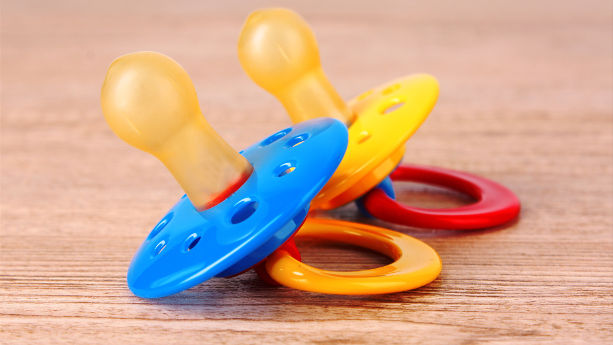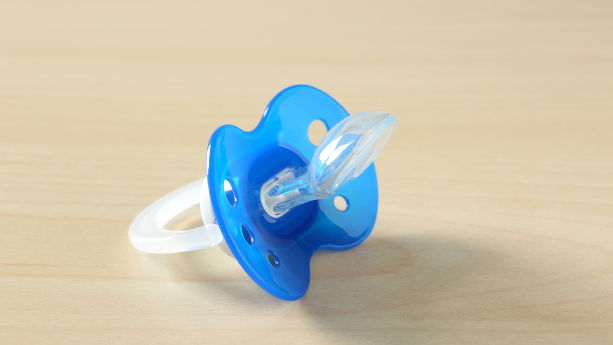Children’s products, cosmetics, food contact materials, and many other consumer products are subject to heavy metal restrictions. Examples of restricted heavy metals include lead, cadmium, and mercury.
In this article, we cover several regulations that restrict or ban heavy metals, including the CPSIA, the FHSA, and the TSCA.
Continue reading Heavy Metals Regulations in the United States: An Overview























